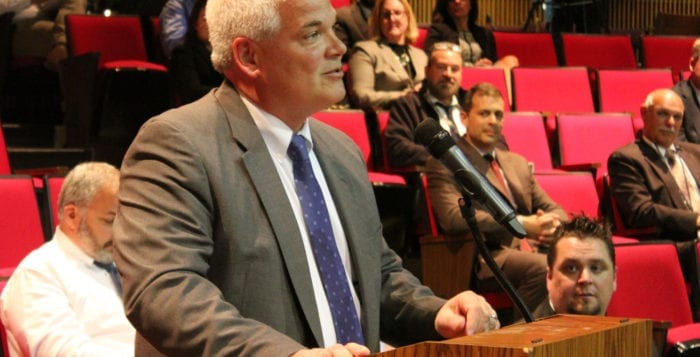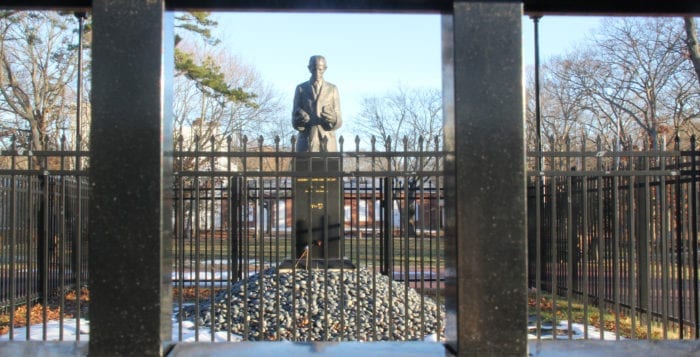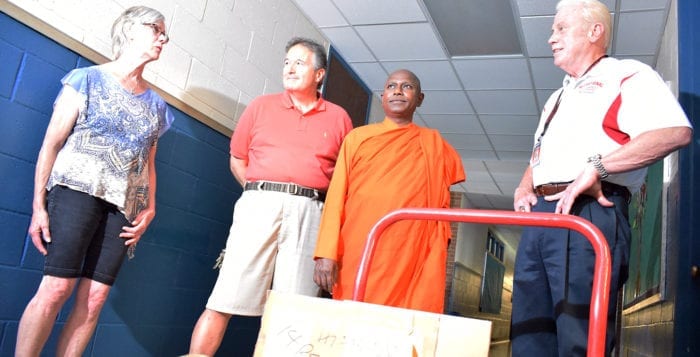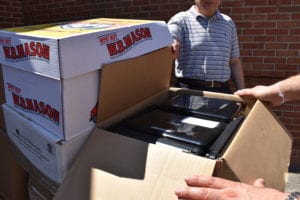Suffolk County police are trying to use digital conferencing technology to better communicate with those who are hard of hearing and speech impaired.
“This announcement is about making our department more accessible and inclusive to the communities we serve,” County Executive Steve Bellone (D) said at a press conference July 31. “It is a top priority.”
The department will be using the service, Language Line Insight Video Interpreting, which will allow officers to instantly connect with an interpreter who can assist in communicating with hard of hearing or speech impaired individuals in American Sign Language during a traffic stop, home visit or other emergency.
“The days of having to wait for an interpreter to arrive on the scene and communicating through pen and paper — those days are over in Suffolk County,” Bellone said. Stu Cameron, chief of department, said this new addition will help close the loop in communications when officers are on the scene.
Typically, if a deaf or hard of hearing person needs assistance, officers rely on pen and paper or they call a sign language interpreter to the scene or the local precinct. This can be a lengthy process and Cameron said he feels by adding this app to the officers’ tablets, they will be more effective in assisting those individuals.
“Not only will our patrol cars have this capability, but our investigative units and detectives will have this as well,” he said. “ … We can get information very rapidly without having to go back and forth.”
Geraldine Hart, Suffolk police commissioner, said more than a year ago the department began outfitting vehicles with portal tablets to give officers immediate access to language access services.
“There are millions of people who communicate in sign language, making it the fourth-most used language in the U.S.,” the police commissioner said. “While we teach our recruits basic sign language and ways to communicate with deaf or hard of hearing people — we want to do more.”
Similarly, last year the department launched a text 911 program in an effort to help those with hearing and/or speech impairments.
The implementation of the new tablets is part of a three-year capital project, officials said. Currently, the department is in the second year of the project and has 155 tablets installed in patrol cars. Cameron said he expects by the end of next year to have all patrol cars equipped with the devices and have more than 450 tablets in use.












